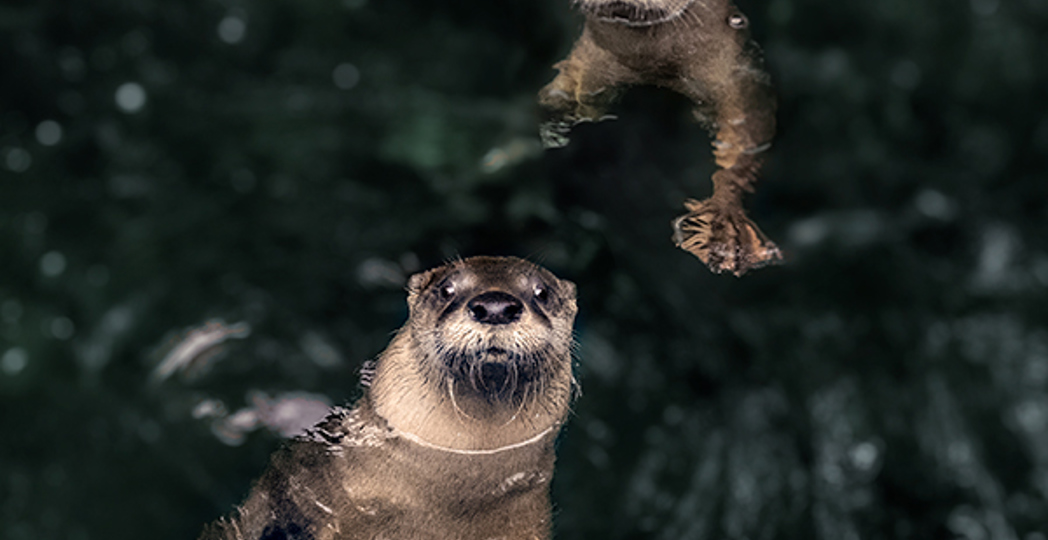The River Otter’s Remarkable Recovery in Ohio
by Paris Mather | Aug. 27, 2024 | 9:00 AM

Greg Murray
You’ve probably seen adorable photos of otters playing and floating on rivers, but these cute creatures have a larger story to tell.
With a life expectancy of 10-15 years and an appetite requiring them to eat almost a quarter of their body weight in food each day, otters need a hospitable environment to ensure a good life. By the early 1900s, otters were extirpated from Ohio due to unmitigated hunting and poor water quality.
The 1969 Cuyahoga River fire led Cleveland to prioritize revamping its environment in the latter half of the century.
“In Southern states, otters are so popular they’re actually considered pests,” says Jim Nemet, director of wildlife at the Cleveland Museum of Natural History. “In 1986, 123 otters were displaced from Southern states to Ohio’s rivers and streams.”
Four watersheds were chosen for the otter’s careful reintroduction: Grand River, Killbuck Creek, Stillwater Creek and Little Muskingum River.
“Only those that met various criteria regarding water quality and associated wetlands were deemed suitable for the otters,” says Katie Dennison, a wildlife biologist for Ohio Division of Wildlife.
These efforts have come to fruition with the otter being removed from Ohio’s endangered animal list in 2002. Sightings of the creature continue to occur today — including in Cleveland Metroparks. They are best observed from a distance, though, as they are understandably territorial and shouldn’t be unnecessarily sought out.
For more updates about Cleveland, sign up for our Cleveland Magazine Daily newsletter, delivered to your inbox six times a week.
Cleveland Magazine is also available in print, publishing 12 times a year with immersive features, helpful guides and beautiful photography and design.
Trending
-
1
-
2
-
3
-
4
-
5










